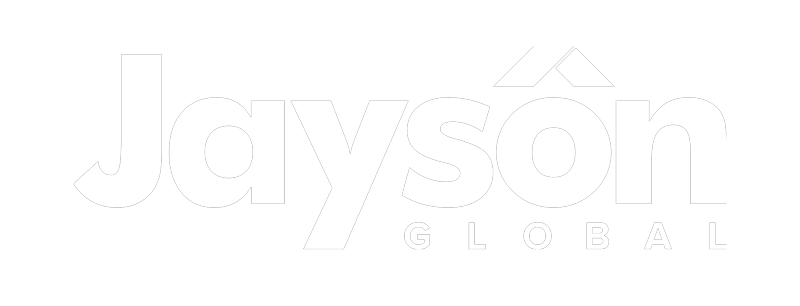What is condensation?
Albertans know that our weather is never predictable. Rain or snow can lead to water leak issues that are not always easy to identify. Surprisingly—especially during the winter months—is that the majority of leaks often come from inside, and not the roof like most people assume.
Have any of these ever happened to you?
- You notice a water stain on your ceiling you are not sure of where it came from.
- Your bathroom vent is dripping water.
- You have just re-shingled your roof and discover a leak shortly afterward.
- The leaks get worse as the temperature drops.
If you answered yes, you may think it’s due to a leaky roof, but the chances are you may have a condensation issue instead.
Condensation issues occur when excess moisture from inside the home collects inside the attic air space, where it eventually cools and condensates. Some items and activities within the home that add excess moisture include:
- Fireplaces & firewood
- Space heaters
- Cooking
- Showering & bathing
- Saunas, hot tubs and Jacuzzis
- Dishwashers
- Washers & dryers
- Humidifiers (either furnace mounted or free standing)
Often, homes with condensation issues also have problems with ice damming during the winter. Ice damming occurs when hot air from the home is trapped inside the attic. The underside of the roof decking ends up getting heated, causing the snow on the roof to melt. The water then runs down the roof until it reaches the cool edges of the roof, where it freezes again. This process is repeated, over and over again, which results in a snowdrift or long icicles forming at the edge of the roof. Ice damming can cause damage to the shingles, underlayment, roof decking and eavestrough.
Condensation issues will often go unnoticed for months or even seasons. Eventually, the insulation isn’t able to hold any more moisture, causing it to release. If you’re unsure as to whether you have a condensation issue, we would recommend assessing your attic space. Look for the following signs:
- Indents in your insulation just below roof vents.
- Dimples all over your insulation, like it has been rained on.
- Signs of frost on the underside of the roof deck from inside your attic during the winter.
These are all signs of condensation.
When there’s condensation within the home, leaks will most likely present themselves around light fixtures, bathroom and kitchen vents, and chimneys. Skylights can also be problematic, as they are prone to moisture build-up from within the home due to their direct exposure to the sun and exterior air. This can cause the skylight to be a significantly colder surface and susceptible to condensation.
The following measures can be taken to relieve and prevent condensation issues:
- An attic with effective vapour barrier preventing moisture from entering the attic.
- Sufficient insulation within the attic to keep heat within the home and out of the attic.
- Adequate attic ventilation provided by a proper ventilation system of intake and exhaust venting.
- Insulating pipes within the attic that may come into contact with warm air from inside the home.
- Installing connector plates on metal goosenecks or PVC goosenecks.
If you have issues with water dripping from your bathroom vent fan, it’s wise to turn on the fan at least 10 minutes before showering or bathing and let it run for 10 minutes afterwards. This will help remove all remaining moisture from the bathroom space and pipe so it doesn’t condensate within the pipe and drip back down.
Ultimately, moisture issues are complex and vary from home to home. While there is no standard solution for any given issue, calling us and asking for one of our expert technicians to inspect and assess your moisture concerns is the best place to start!




